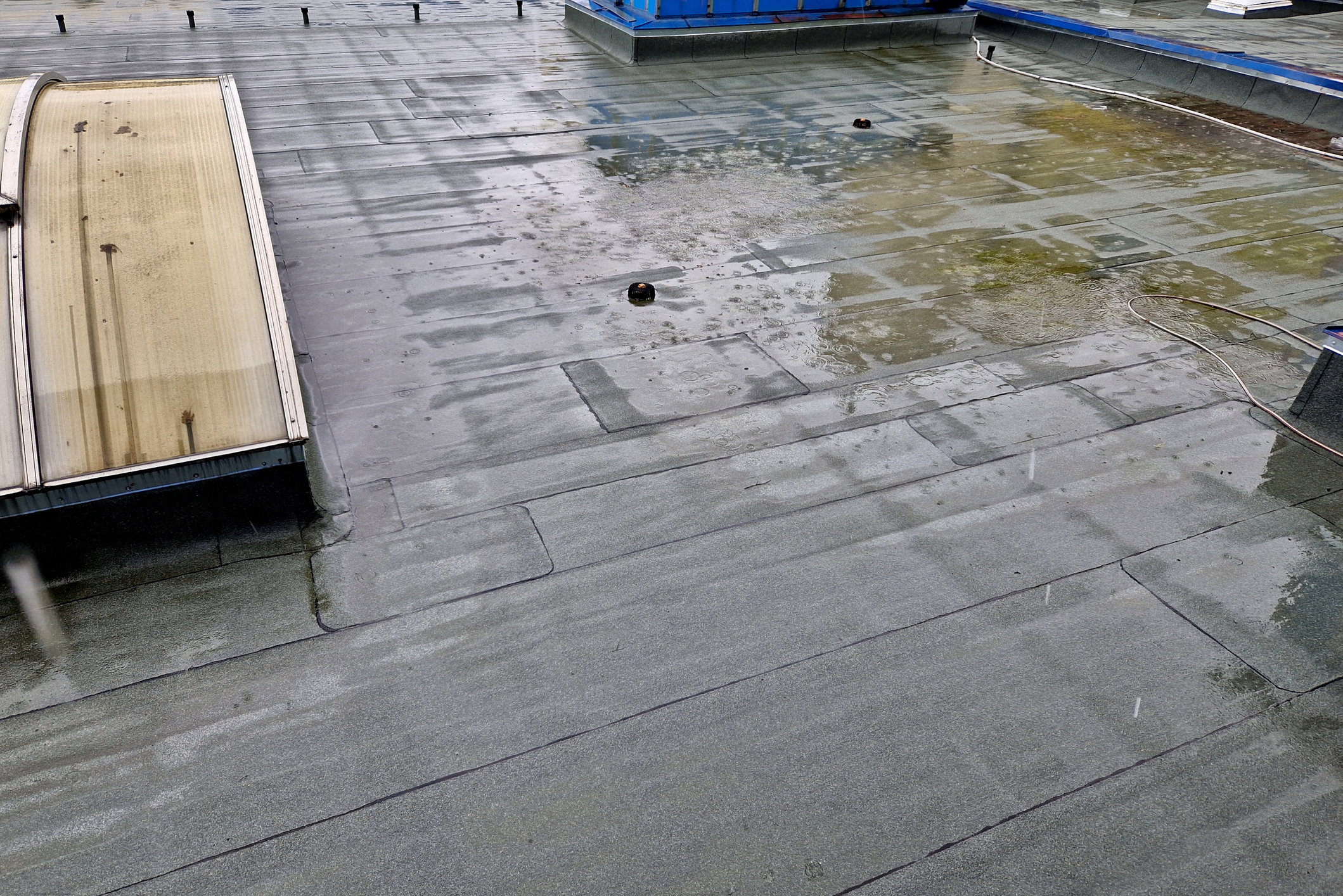How to Specify the Right Roofing System for Public Buildings
When it comes to specifying a roofing system for public buildings, the decisions made by architects and procurement teams are crucial. The roofing system not only impacts the building’s longevity but also plays a significant role in energy efficiency, maintenance costs, and overall performance. Selecting the right system can be a challenge, particularly when balancing long-term durability with budget constraints. Here are key factors to consider to ensure your roofing choice meets the needs of both the project and its stakeholders.
1. Understand the Building’s Purpose and Usage
The function of the building should guide many of your decisions. A school, for example, might require a different roofing solution than a government office or a public recreation center. Consider factors such as foot traffic, roof access, and specific environmental challenges (like excessive heat or cold) the building will face. Matching the roofing system to the building’s function ensures it will meet performance expectations over time.
2. Evaluate Durability and Longevity
Public buildings are built to last, and so should their roofing systems. Procurement teams and architects must consider materials that offer a long lifespan with minimal maintenance. Options like metal roofing, for example, can last 40 to 70 years with proper care, whereas asphalt shingles typically offer a lifespan of 20 to 30 years. Evaluating the cost-benefit of these materials over the building’s projected life is key to making an informed decision.
3. Focus on Energy Efficiency
Roofing systems can significantly affect a building’s energy consumption. Cool roofs, for instance, reflect more sunlight and absorb less heat, helping to reduce cooling costs in warmer climates. In regions with cold winters, roofing materials that enhance insulation can contribute to reduced heating costs. Energy efficiency not only lowers utility expenses but also supports sustainability initiatives, which are increasingly becoming priorities for public sector projects.
4. Factor in Maintenance and Repair Costs
A lower upfront cost might seem appealing, but ongoing maintenance and repair expenses can quickly add up. When specifying a roofing system, consider how easy it will be to maintain over time. For example, membrane roofing may be cost-effective initially, but if it’s prone to punctures or leaks, the long-term repair costs can outweigh the benefits. It’s essential to strike a balance between initial costs and future maintenance to ensure the roof remains in good condition for decades.
5. Consider Environmental and Regulatory Requirements
Public sector projects often come with strict environmental and regulatory guidelines. Make sure the roofing materials you specify comply with local building codes and any green building certifications the project may be pursuing, such as LEED or ENERGY STAR. Roofing systems that contribute to better stormwater management, improved insulation, and reduced environmental impact can help meet regulatory standards while promoting sustainability.
6. Consult with Roofing Experts Early
Finally, engaging with roofing specialists early in the design process can provide invaluable insights. Roofing professionals can recommend systems and materials best suited to the building’s needs and the local climate, and help ensure your specifications align with industry standards. This collaboration can prevent costly redesigns or delays down the road.
Specifying the right roofing system for public buildings is about more than just choosing materials—it’s about selecting a solution that balances durability, cost-efficiency, and environmental performance. By considering these key factors, architects and procurement teams can ensure their roofing systems meet both the immediate needs and the long-term goals of the project.


